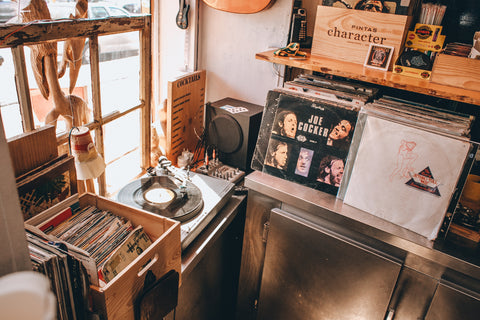Sound Shopping
Settling on a loudspeaker for your music and cinema enjoyment can mean processing lot of information. Much of it will be abstract data and getting through it meaningfully can be challenging. Fortunately, arriving at good sound may not be as reliant on raw data as some think.
There are striking differences between loudspeaker technologies, brands, models, and design schools. (See Loudspeaker Basics) As of today, there is no uniform, reliable, insightful, single measured characteristic that fully describes how a speaker performs, much less how it sounds. There are snapshots of various speaker behaviors, but even together cannot communicate what a speaker does when supplied an audio signal.
Among the loudspeakers in any acoustical category listeners will hear a variety of acoustical signatures: Bright, dark, forward, and neutral are common descriptors of speaker sound. Among better designs, terms like smooth, transparent, open, and detailed come into play. The very best designs may sound authentic, natural, non-fatiguing, and uncolored.
Because a very good speaker pushes obvious colorations below the listener's conscious perception to one degree or another, the good-sounding speaker is identified more by how the listener connects to the performance it's playing than how the speaker itself sounds. A good speaker has little discernible sound of its own, but it will transport the listener to the original performance with sufficient suspension of disbelief.
How to shop
The consumer's best option is therefore to listen to as many examples of the preferred class of speaker as possible, and to listen not for active indicators like "more" treble or loudness, or "better" bass. There is no "best" speaker at any level - all speakers are different. Obvious, stand-out characteristics are usually artifacts of the speaker's reproduction and not faithful fidelity to the recording. Over time they may end up sounding artificial, electronic, or just unnecessary.
Instead, let the speaker occupy your space and life for a time. Get used to it by not trying to hear it but by letting what it's playing inform you about musical authenticity, naturalness, and the performer's ability, intent, and message. If you find yourself being emotionally involved not so much in the technical sound as you are in the recording, then odds are good you're in the company of the better loudspeaker.
Since there is no thoroughly useful correlation between audible and visual perceptions of a speaker's outputs that can be passed around among shoppers - even when a maker records many measurement types during design - a snapshot measurement runs the risk of excessively narrowing a field of otherwise excellent products. The alternative? Listen, discuss, compare notes, and listen again. The finest audio systems were built over time using experience, and that experience has trickled down to affordable alternatives too.
Understanding this, a speaker maker should offer the shopper ways to experience their products relatively risk-free. Chane offers an unconditional 30 day in-home trial evaluation period.

